Located in the western Upper Galilee, near the northernmost part of Israel, lies the Yehiam Fortress National Park. Declared a national park in 1967, the ruins of the Yehiam Fortress are beloved for their heroic defensive role in the War of Independence.
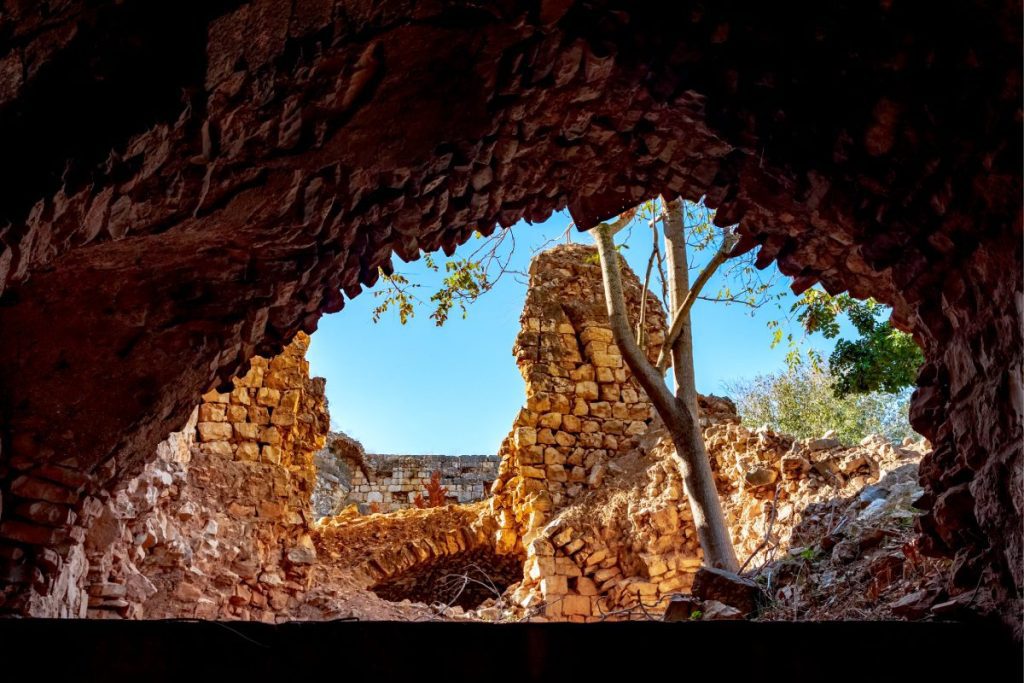
First There Were the Crusaders!
First, Yehiam Fortress dates back to the time of the Crusaders. In the beginning, sometime in the mid-12th century, Yehiam Fortress was known as “Ludyn,” and was created to be a fortified agricultural farm for a Crusader settlement. Over the centuries, the fortress traded hands numerous times; was destroyed and rebuilt; left abandoned, and was used during the “Peasants Revolt” in 1834 against Muhammad Ali.
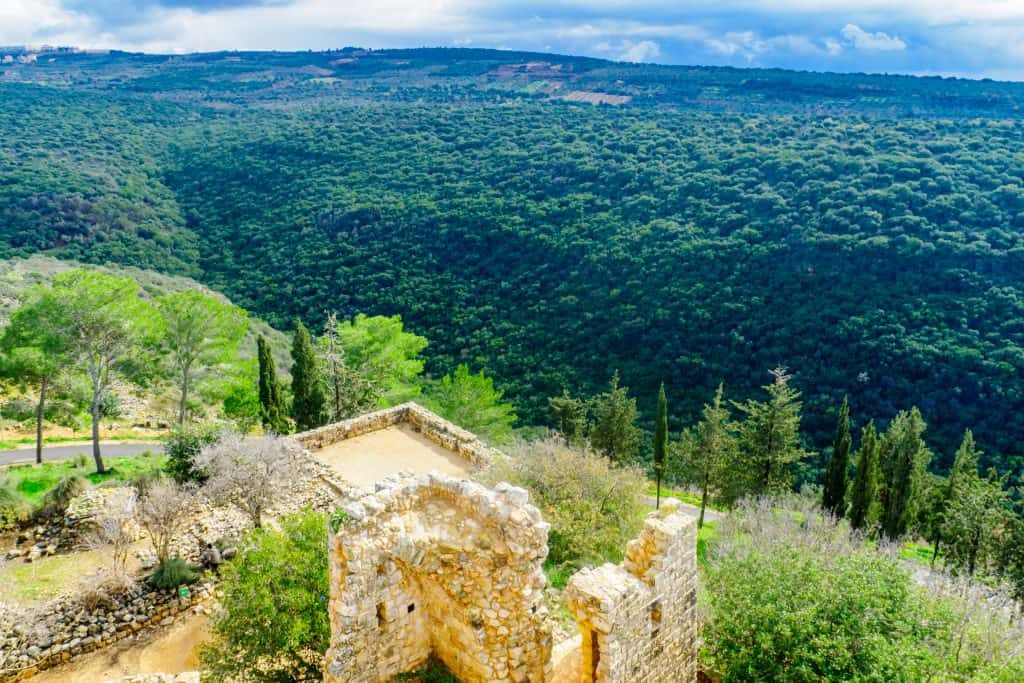
But it wasn’t until 1946 that the fortress became known to all when it was the setting of one of the “greatest dramas of the War of Independence.” It was here that the kibbutz was attacked. But by barricading themselves within the walls of the fortress, the kibbutzniks managed to survive a two-month siege and a great battle.
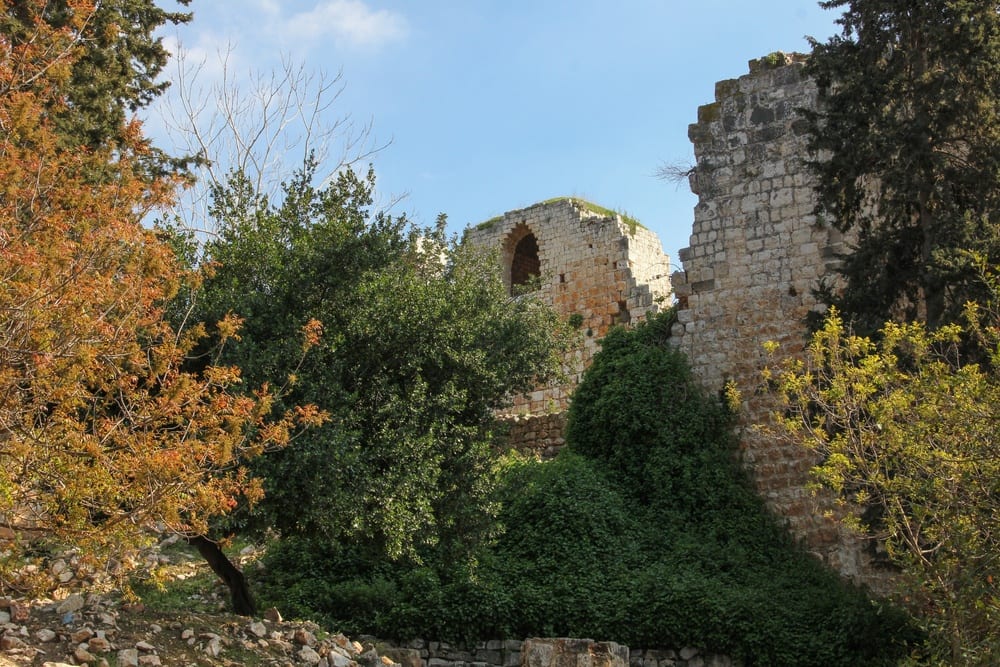
Things to See at Yehiam Fortress National Park
The fighters have long since laid down their weapons but left behind are the remains of the fortress that once protected them. Today, you can still see the fortress gate; the crusader tower; the round tower; the mosque; the reception hall; the mushroom hall, and the defense positions.
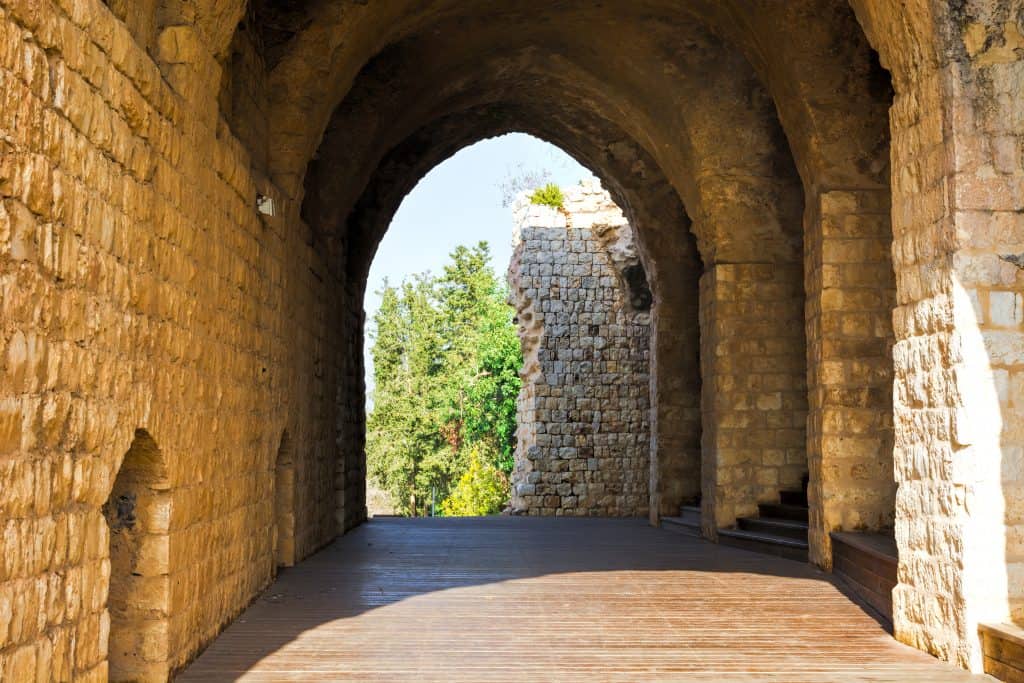
Moreover, you can even see the trenches around the fortress. Also, as you explore Yehiam Fortress National Park, I encourage you to pause at the observation points to see the incredible scenery. Besides, from the Crusader Tower Observation point, you can look towards the hills of Western Galilee. Moreover, from the Western Observation Terrace, you see across the sweeping coastal plain of Western Galilee to the Carmel Range!
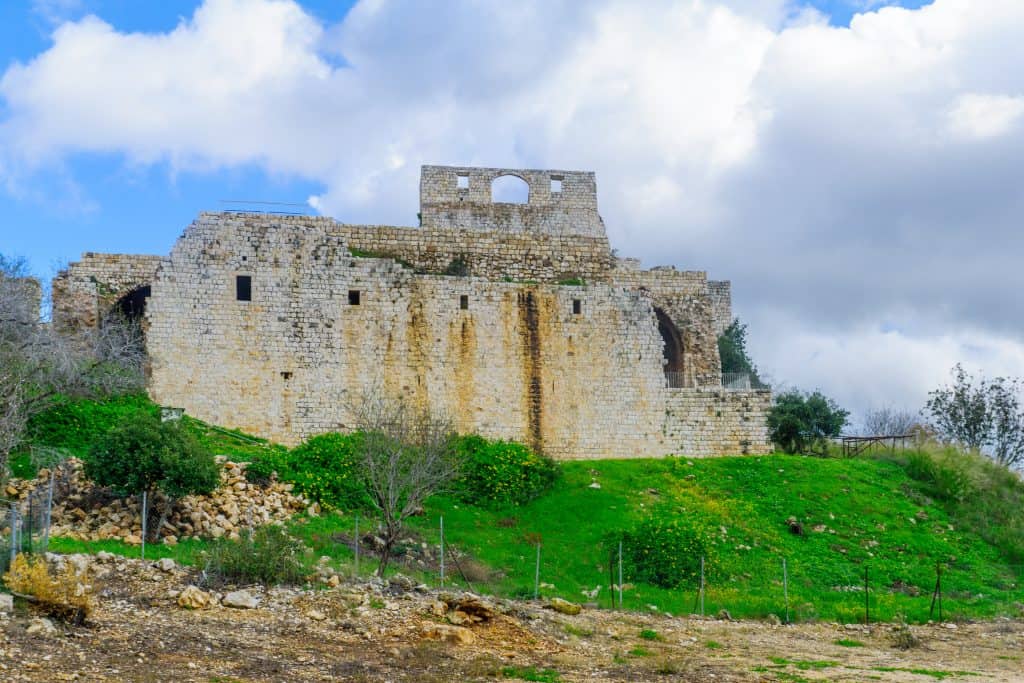
So while visiting the Yehiam Fortress National Park, other sites exist to see within the park! Here, you can explore the ruins of a Roman fort, a Byzantine monastery, and burial caves. I hope you will join us on a private tour of Western Galilee to enjoy the Yehiam fortress so I can share its history and cultural significance. Here is a link to National Parks Authority Website!

